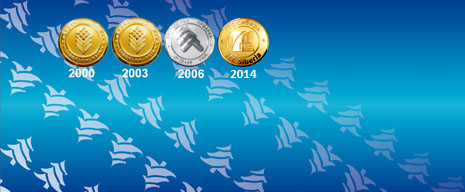 |
 |
Material Adaptation Applying Differentiated Approach to Teaching Foreign Languages
Among modern approaches to teaching foreign languages differentiation is capable of taking into account individual characteristics, needs, interests and abilities of foreign language learners. Influencing learner motivation and providing appropriate conditions for being successful in the foreign language classroom the approach equips teachers with tools to encourage learner autonomy and independence, and to increase their sense of achievement, which appear due to successfully completed tasks and developed foreign language and communication skills. The aim of the study was to examine levels of students’ professional skills in adapting teaching materials for differentiated FL classroom. The evaluation of the assignments allowed to examine material evaluation and adaptation skills of 32 bachelor program students in the teaching profession at the end of the FL teaching course at Novosibirsk State Technical University. The results of the study show that the students struggle difficulties with identifying differentiation laid down by the textbook writers as well as with deducing the capacity of the content and procedures in terms of differentiation. It leads to the difficulties with teaching material adaptation. Among the frequent types of differentiation implemented into adapted materials are the following: providing options, giving more/less time and space for preparation/task fulfillment, mixing pairing (a weaker learner with a stronger one), changing grouping, giving extra support or challenging stronger learners, catering for learning styles.
Keywords: Teacher Education; students in the teaching profession; foreign language teaching; differentiation approach; teaching material development; teaching material adaptation.
Сайт поддерживается в Новосибирском институте повышения квалификации и переподготовки работников образования и является участником Новосибирской открытой образовательной сети
